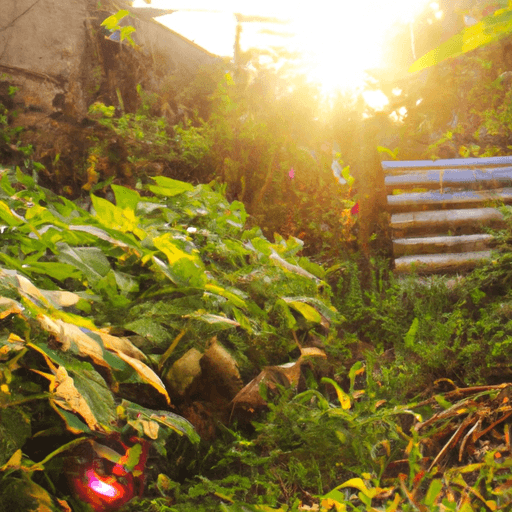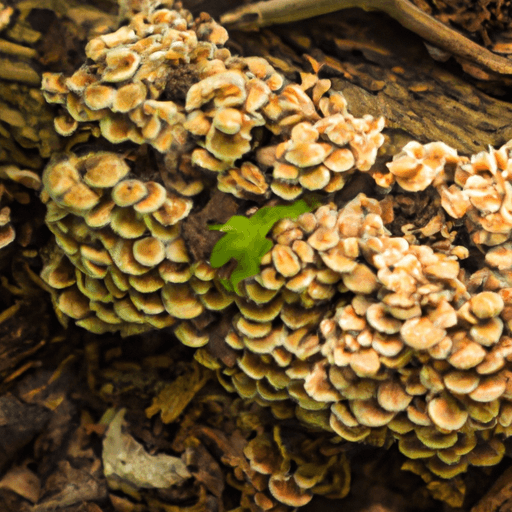Designing a Sustainable Garden
Designing a sustainable garden can be a rewarding experience, both for the environment and for you. Here is a step-by-step guide to help you get started:
1. Research the Local Climate and Soil Conditions
Researching the local climate and soil conditions of your area is a crucial first step in designing a sustainable garden. This will determine which plants are best suited for your garden and will help you create an environment that is in harmony with the local environment.
2. Select Drought-Tolerant and Native Plants
Selecting drought-tolerant and native plants for your garden is a great way to conserve water and ensure that the plants you choose will thrive in your local environment. Native plants are also beneficial for wildlife, since they are the types of plants that native animals and insects are used to.
3. Use Organic Soil and Compost
Using organic soil and compost is better for the environment than using chemical fertilizers and soil enhancers. Organic soil and compost also provide your plants with valuable nutrients and help to keep your garden healthy.
4. Attract Beneficial Insects
Including plants that attract beneficial insects to your garden is a great way to keep your garden healthy. These insects will help to keep pests like aphids and other plant-eating bugs away from your plants.
5. Use Mulch
Using mulch in your garden is a great way to reduce water loss from your soil as well as to add nutrients back into the soil. Mulch also helps to keep your plants healthier by regulating the temperature of the soil and preventing weeds from growing.
6. Collect Rainwater
Collecting rainwater in a barrel or other container is a great way to save money and reduce your impact on the environment. Rainwater can be used to water your garden, helping to conserve water and keep your plants healthy.
7. Incorporate Composting
Incorporating composting into your garden is a great way to reduce the amount of waste you generate, as well as to provide your plants with valuable nutrients. Composting is also beneficial for the environment, since it reduces the amount of waste that needs to be disposed of.
By following these steps, you can create a beautiful and sustainable garden that will benefit your local environment and provide you with a wonderful outdoor living space.


















Comments
Leave a Comment